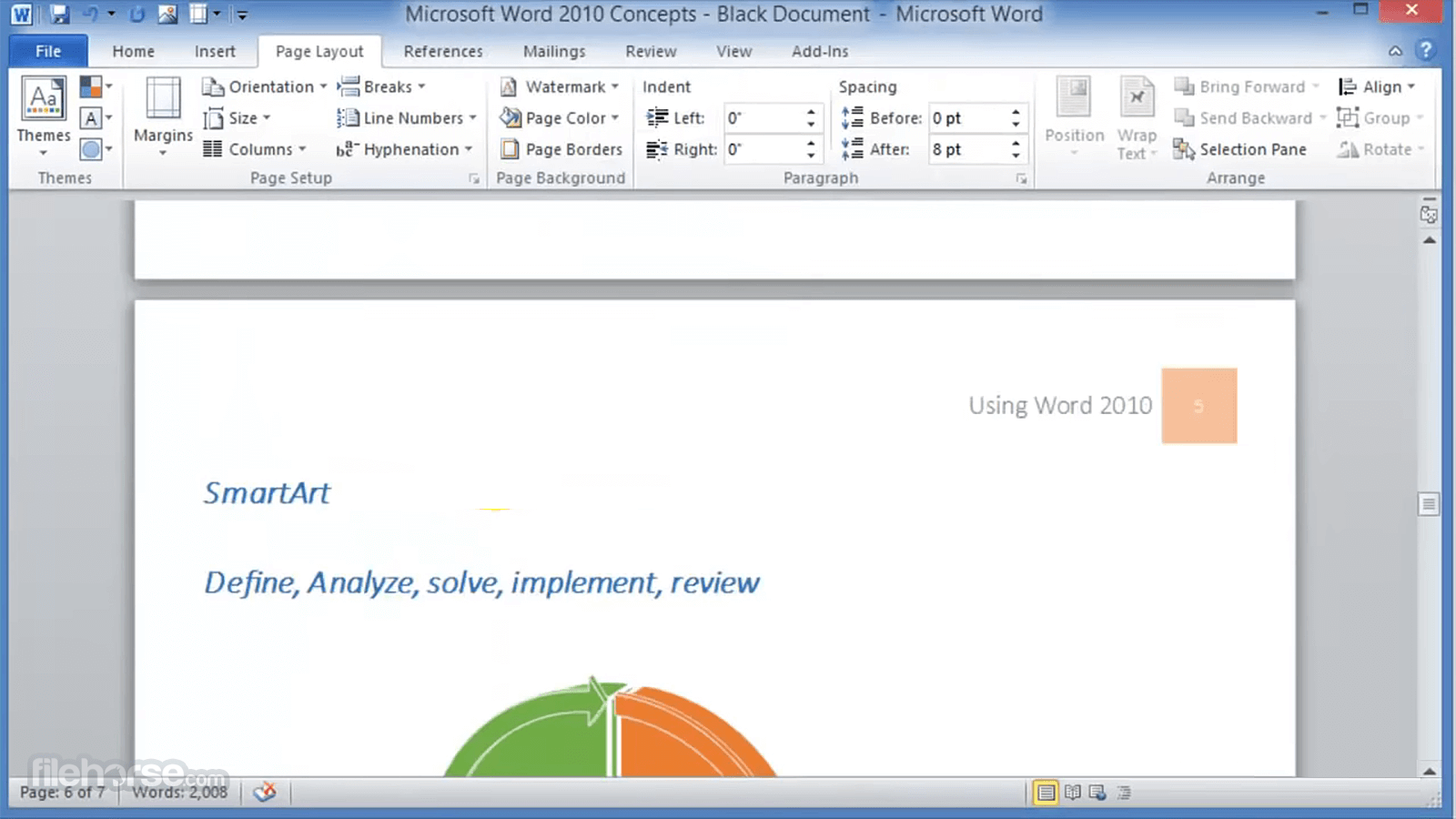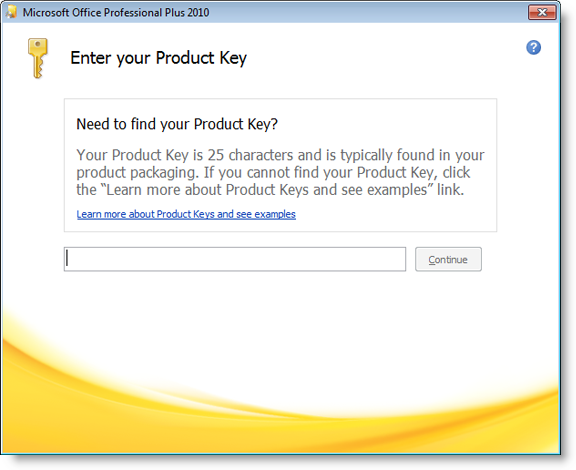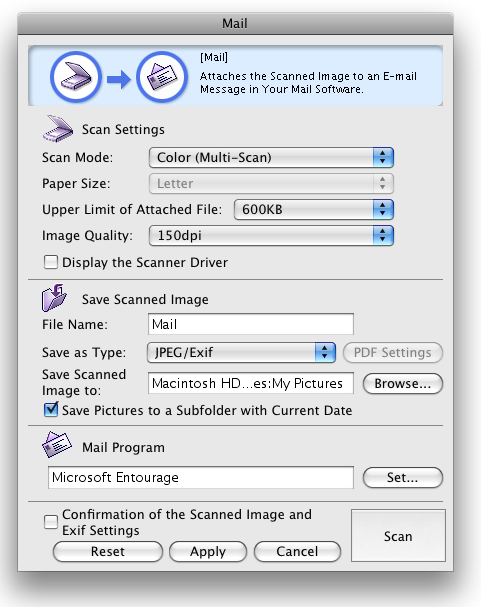
- #Microsoft office home and student 2010 downloads software license#
- #Microsoft office home and student 2010 downloads install#
- #Microsoft office home and student 2010 downloads software#
- #Microsoft office home and student 2010 downloads trial#
- #Microsoft office home and student 2010 downloads plus#
You can change how the feature will be installed by clicking its symbol, and then selecting another symbol from the list that appears. The symbol next to each feature indicates how that feature will be installed by default.
#Microsoft office home and student 2010 downloads plus#
In the Office Setup dialog box, click Add or Remove Features, and then click Next.Ĭlick the custom installation options that you want:Ĭlick a plus sign (+) to expand a folder and see more features. Note: In Classic view, double-click Add or Remove Programs, click the name of the Microsoft Office suite or program you want to change, and then click Change.
#Microsoft office home and student 2010 downloads install#
Ĭlick Install now to complete the custom installation. On the Installation Options tab, right click the programs that you do not want installed, and then click Not Available. In the Choose the installation you want dialog box, click Customize. Initiate the installation of your Office suite. If you only want to install certain programs from your Office suite - for example, you have Office Home and Business and want to install Word, Excel, PowerPoint and Outlook but not OneNote – you can choose a custom installation during setup.

Install or remove individual Office programs With Office 2010 you can install specific Office apps, or install specific Office components (features). Install or remove individual Office programs or components Open the 圆4 folder in the installation root, and then double-click setup.exe.Īfter setup completes, continue by following the default installation instructions, by entering the product key (step 2). Insert the Office 2010 installation disc.Ĭlick Start, > Computer, and right-click in the disc drive where the Office 2010 installation disc was inserted, and select Open. Possible backward incompatibility is why, if in doubt, stay with the 32-bit version. Make sure any 3rd-party Office add-ins that you rely on are stated as being Office 2010 and 64-bit compatible. To check, see Which Windows operating system am I running?. What you need to know before installing 64-bit Office: If you don’t activate it when you install, you can activate it later from an Office application by clicking File > Help > Activate Product Key.įor more information, see Activate Office 2010 programs. You’ll need to activate Office to keep your Office programs filly working.
#Microsoft office home and student 2010 downloads software#
In the Activation wizard, click I want to activate the software over the Internet, and then follow the prompts.
#Microsoft office home and student 2010 downloads software license#
Read and accept the Microsoft Software License Terms, and then click Continue.įollow the prompts and after Office installs, click Close. If you need help, see Find your product key for Office 2010. If the setup wizard doesn’t start automatically, navigate to the disc drive and click SETUP.EXE. Insert the Office 2010 disc into the drive.


To do a custom install or uninstall for specific apps, see the section below Install or remove individual Office programs or components. You can download the Office Home & Student 2016 instead.Note: For more information about the 64-bit version, see Choose the 64-bit or 32-bit version of Office.
#Microsoft office home and student 2010 downloads trial#
Microsoft no longer offers a trial version of Office 2010. In all, Microsoft Office 2010 Home and Student is an excellent productivity suite with great new features that makes it easier and more comfortable to use. There's a significant improvement in the time the suite apps take to launch, and how they behave when working on your documents. Regarding performance, Microsoft Office 2010 Home and Student seems to be quite fast and light on system resources.

What's more, Microsoft Office 2010 Home and Student now lets you save your documents on SkyDrive and share them online in just two clicks. There are also tools to translate text, take and use screenshots, and apply special effects to the images you use in your documents. You can now add videos to your PowerPoint presentations, and insert small color charts inside cells in Excel spreadsheets. The context menu in Word, for example, has been greatly improved and lets you see changes in real time as you browse through the different options. Microsoft Office 2010 Home and Student has pretty much the same features we saw in the Technical Preview, and in other Office editions as well. It includes direct access to all document-related tasks, and also shows detailed information about the document you're currently working on. As regards with appearance, the four apps in Microsoft Office 2010 Home and Student keep the ribbon interface – in a clear, almost minimalist style – but the Office button has been renamed to "File" and now shows a different pane.


 0 kommentar(er)
0 kommentar(er)
